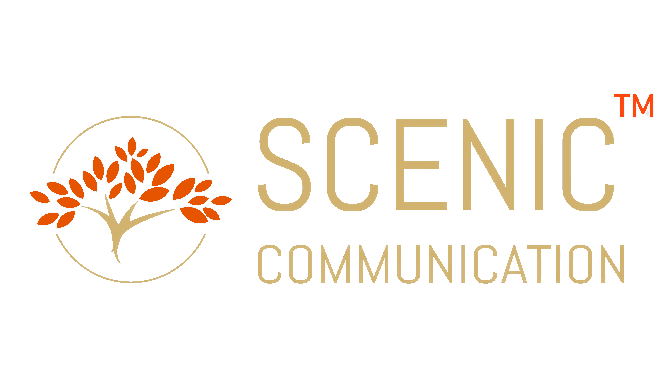All About Damage Control In Public Relation

In the dynamic world of PR (Public Relations) managing Damage Control and mitigating crises has become an integral part of the profession. Whether it’s a product recall, a negative news story, or a social media backlash, damage control plays a vital role in protecting a brand’s reputation and maintaining public trust. With the rapidly evolving PR landscape, it is crucial to understand the importance of effective crisis management and the impact it can have on a brand’s success.
Damage control is an integral part of effective PR management, and the ability to navigate crises can make or break a brand’s reputation. PR professionals can effectively manage crises and protect the interests of their clients. In today’s fast-paced and interconnected world, a robust damage control strategy is essential for building and maintaining trust with the audience. By proactively addressing issues, communicating effectively, and taking accountability, brands can not only weather the storm but also emerge stronger, with a more resilient reputation in the marketplace.
Let us take a look at the art of damage control in PR and how PR helps in exploring strategies and best practices to navigate challenging situations and emerge stronger:
What does Public Relation Damage Control Mean?
Swift Response and Transparency
In today’s digital age, news spreads rapidly, and crises can escalate within minutes. A swift and transparent response is key to managing damage effectively. PR professionals need to be proactive in addressing issues, providing timely updates, and offering transparent communication. By promptly acknowledging the situation, taking responsibility, and providing accurate information, brands can regain control of the narrative and build trust with their audience.
Monitoring and Listening
In order to effectively manage a crisis, PR practitioners must constantly monitor and listen to conversations happening around their brand. This involves leveraging media monitoring tools, and social listening platforms, and staying attuned to online discussions. By actively monitoring the sentiment and identifying potential issues early on, PR professionals can address concerns before they spiral into full-blown crises.
Tailored Messaging for Different Channels
A one-size-fits-all approach doesn’t work in crisis management. PR professionals need to tailor their messaging for different communication channels to ensure consistency and relevance. Messages should be adapted for press releases, social media platforms, website updates, and any other relevant channels. By customizing the tone, content, and delivery of their messages, PR practitioners can effectively communicate with their target audience across various platforms.
Engaging with Stakeholders
During a crisis, it is essential to engage with key stakeholders, including customers, employees, shareholders, and the media. PR professionals should be proactive in providing updates and addressing concerns. This can be done through press briefings, town hall meetings, social media interactions, or dedicated communication channels. By keeping stakeholders informed and engaged, brands can demonstrate their commitment to transparency and accountability.
In conclusion, every crisis presents an opportunity for growth and learning. After the dust settles, PR professionals should conduct a thorough analysis of the crisis management process. This includes evaluating the effectiveness of their response, identifying areas for improvement, and implementing changes to prevent similar issues in the future. By learning from past experiences, brands can become more resilient and better equipped to handle future challenges.
Why Scenic Communication?
DIGITAL PR & MARKETING SOLUTIONS FOR INDIAN STARTUPS AND BUSINESSES
We have created a distinctive advantage by giving holistic and Integrated Marketing Communications solutions to our client’s needs. Best PR Agency in Mumbai – Scenic Communication, therefore takes pride in not only providing effective public relations solutions to a brand but also with its girth, width and penetration, provide integrated communications solutions to the brand objectives of a client. With our strategic alignments and specialists on board we have geared innovation and value creation into all aspects of Brand & Reputation building. Having had domain expertise in multi-dimensional categories like – Corporate & Finance, Education, Real Estate, Infrastructure, Automobiles, IT & ITES, Government Development Boards, Tourism & Hospitality, Retail, FMCG, Fashion and the Entertainment industry; we provide innovative communications programs that focus on tangible business results.
Visit Scenic Website : https://sceniccomm.in/


